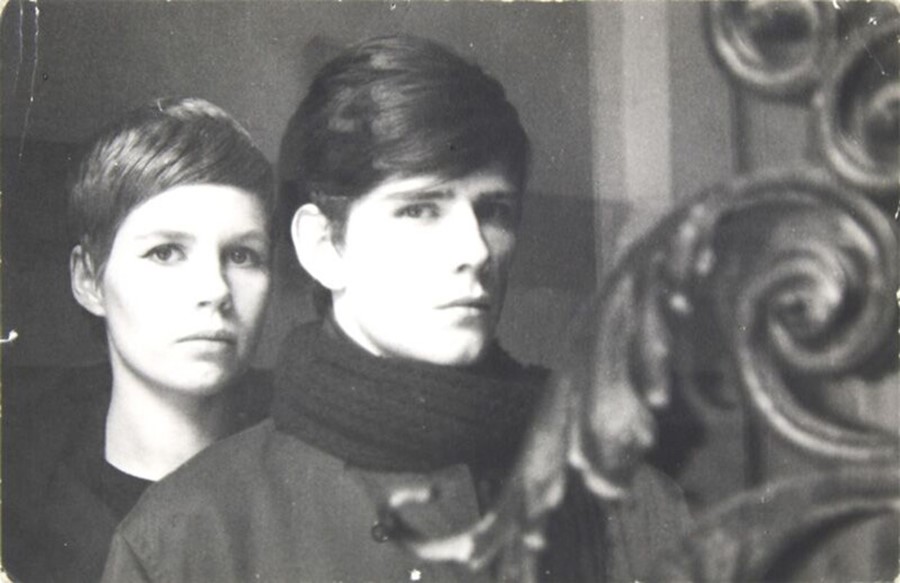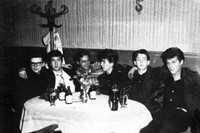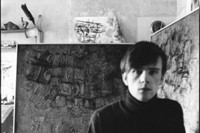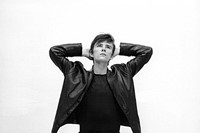54 years after his death, we remember the lost Beatle's enduring influence as a pioneer of Abstract Expressionism and a sartorial icon
"How do you talk about an artist who died just as he was getting ready? Who was already there. (Not on his way but arrived.) And then just like that, some unforeseen medical condition zapped him and cut him down. Dead at 21. This is what happened to Stu Sutcliffe." So begins Richard Prince's moving introduction to the catalogue for an exhibition of the work of British artist Stuart Sutcliffe at Harper's Books, East Hampton in 2013. Arguably best remembered as the original bass player for the Beatles, Sutcliffe was a fascinating and extraordinarily talented character in his own right; a man whose painterly skill, poetic outlook and forward-facing sartorial style far outshone his musical ability. This month marks the 54th anniversary of his death from a brain aneurysm while studying painting in Hamburg. Here, spurred on by the recent follow-up to the aforementioned show at Harper's Apartment, New York – an exciting opportunity to revisit his important contribution to Abstract Expressionism and the art world at large – we present a five-point guide to "the lost Beatle" and his short but inspiring life.
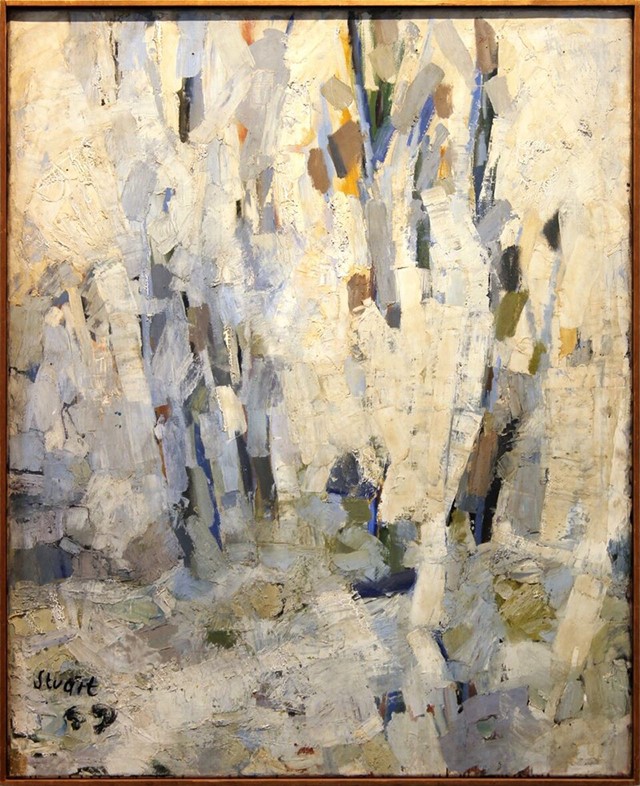
Liverpool and Art School
Sutcliffe was born in Edinburgh on June 23, 1940 but his father's work, as an engineer in the Merchant Navy, meant that the family would relocate to Liverpool just three years later. There the young Sutcliffe displayed an early interest in both music (he was head chorister at Prescott Grammar School) and art (he cut his teeth creating posters for his school teacher mother's classroom). His marked aptitude for the latter saw Sutcliffe accepted to the Liverpool Regional College of Art at the age of 16. There, in 1957, he was introduced to John Lennon by a mutual friend and the duo struck up an intense and hugely impactive friendship.
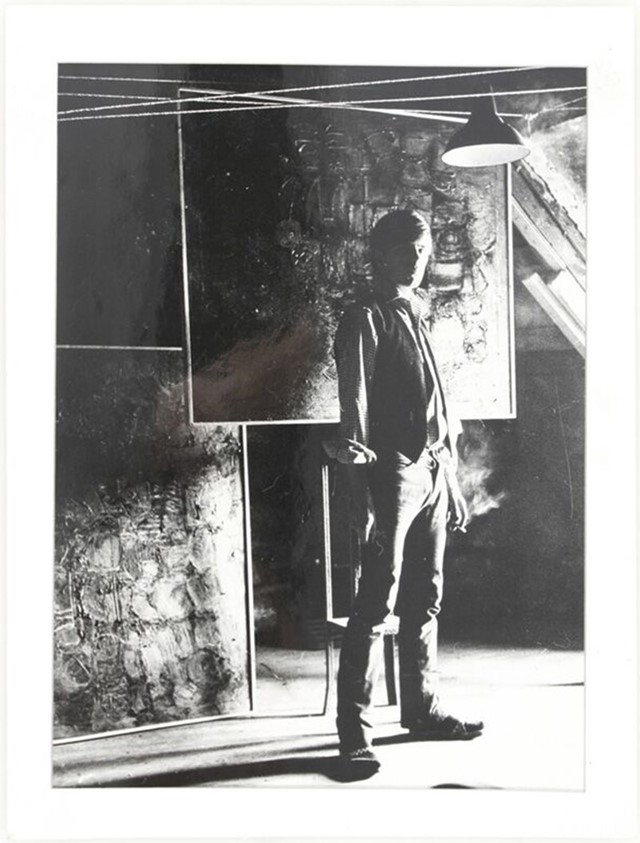
Becoming the Beatles
For the remainder of their time at art college, the pair lived together, Sutcliffe (whom Lennon described as "the star" of the school) helping his friend to hone his artistic skills, while Lennon encouraged Sutcliffe to use the profits from an early painting sale to invest in a bass guitar and join Lennon and his friends Paul McCartney and George Harrison in their band. And so the Beatles, in its first incarnation, was born. "People often refer to Stuart as 'the fifth Beatle'," Sutcliffe's younger sister Pauline explains. "But in fact he was the fourth. Another thing that's important to know about those early years is that he named them 'The Beatals' as a nod to the Beats, and John Lennon changed it to 'Beatles'."
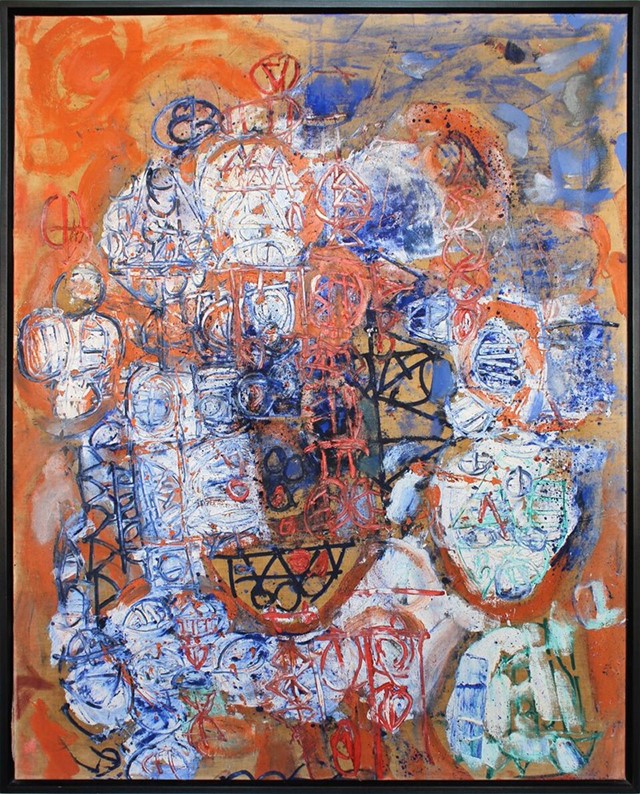
The Hamburg Years
As any Beatles fan will know, the band's formative years were spent in Hamburg, where they were sent by their first manager Allan Williams to play the bustling club circuit. They recruited Pete Best as a drummer days before they left, and arrived in the city on the 17th August 1960. Their life in Hamburg, which Sutcliffe described in a letter home as a "vast amoral jungle", was one of extremely hard work, and barely any sleep. They were put up backstage at softcore porn cinema Bambi Kino, in a small damp storeroom "right next to the ladies' toilet," as Lennon once recalled. "We'd go to bed late and be woken up next day by the sound of the cinema show and old German fraus [women] pissing next door." The band played for several hours a day, seven days a week, drinking beer and taking amphetamines to stay awake. On the plus side, their playing grew better and better and they struck up fruitful friendships with members of Hamburg's young art scene, including artist and musician Klaus Voorman and his girlfriend, the beautiful, pixie-featured photographer Astrid Kirchherr who offered to take promotional pictures for the band. For Sutcliffe and Kirchherr it was love at first sight. "We fell into each other's arms," Kirchherr said in an interview for the BBC, while on his part Sutcliffe described her as "a rose that's run its dark leaves over the wall to look at the sun."
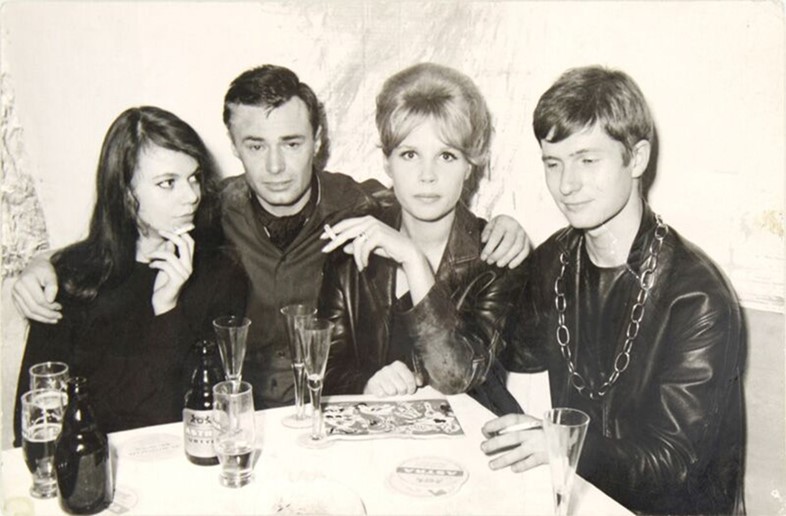
Meeting Astrid
Kirchherr proved a vital influence both on Sutcliffe's life and style; he would frequently borrow her clothes, cutting a contemporary silhouette in tight black jeans, Ray-Bans and Kirchherr's collarless jackets. Indeed, many photographs of the artist taken at this time look as though they could have been captured today. Kirchherr also encouraged him to abandon the James Dean quiff he had become known for ("I'm told they call me the James Dean of Hamburg," he wrote in a letter) and instead fashioned his locks into a mop-top haircut that matched her own. Sutcliffe's bandmates at first ridiculed him but soon followed suit, asking Astrid to cut their hair too. This look was vital to the Beatles' progressive style, one which turned its back on the dominant 1950s American teddy-boy aesthetic of the time and set them apart from other pop bands upon their return to England.
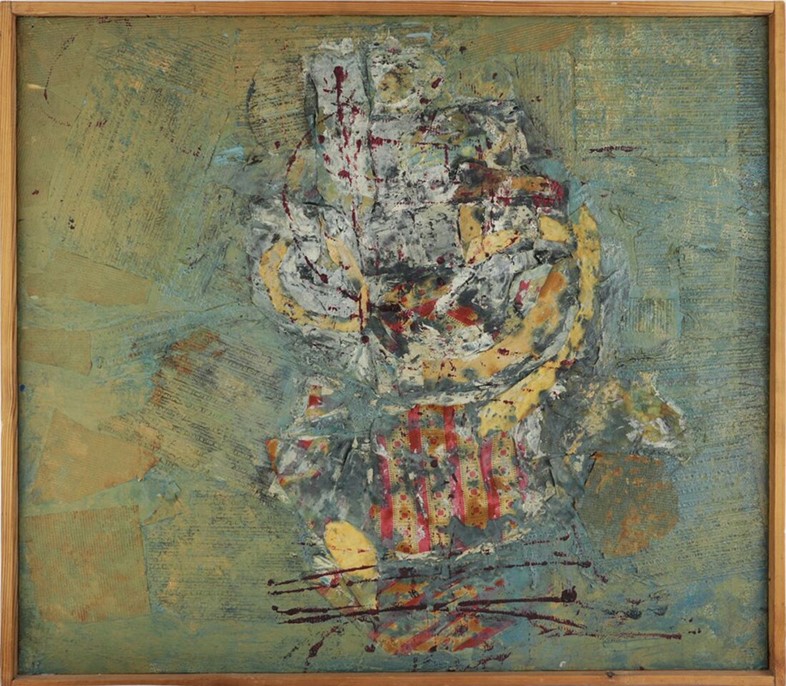
Sutcliffe's Painting and Artistic Legacy
Although Sutcliffe enjoyed great popularity in the Beatles (his nightly crooning of Love Me Tender to Kirchherr was always the most applauded song from their set, much to the fury of McCartney and Lennon), he was, at best, a second-rate bass player, whose real passion and skill lay in painting. In April 1961, he won a scholarship to study at the chief Hamburg art school under prominent pop artist Eduardo Paolozzi and left the Beatles to devote himself to his work. The tutor regarded Sutcliffe as his best student, recalling, "He had so much energy and was so very inventive. The feeling of potential just splashed out from him. He had the right kind of sensibility and arrogance to succeed."
Kirchherr and her supportive mother were very encouraging of Stuart's talent, allowing him to paint in a makeshift studio in the attic of their family home and providing him with canvas and paint. Artistically, Sutcliffe went from strength to strength, developing a distinctive highly accomplished brand of Abstract Expressionism, his paintings ablaze with kinetic energy, potent symbolism and brooding colour combinations, simultaneously liberated and considered. As art critic Donald Kuspit noted, "Stuart Sutcliffe emerged as an Abstract Expressionist painter just when Abstract Expressionism was in decline, but his works return to its origins, epitomising all that is best in it… A certain structure is latent in the apparent chaos of Sutcliffe’s handling; it is a metaphor for the structured, disciplined self."
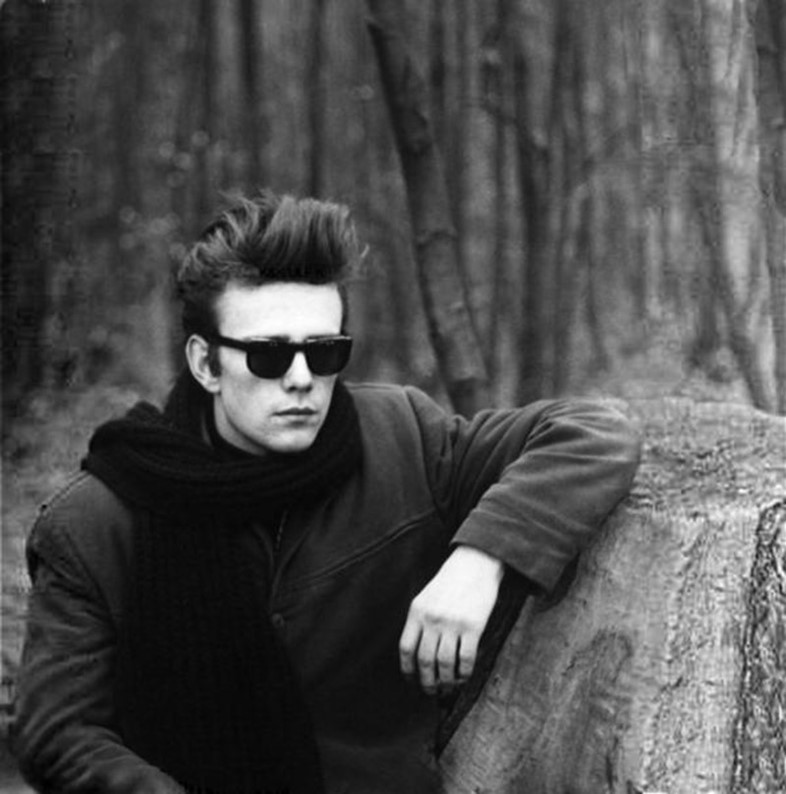
Although his art was thriving, however, Sutcliffe's health was significantly deteriorating. He was plagued by frequent headaches and began fainting during art classes. Reassured by doctors that it was simply a nervous affliction, he attempted to carry on as normal but eventually became too weak to leave his bed. On April 10, 1962, he collapsed again and was taken to hospital, accompanied by Kirchherr. Tragically, it was too late: he had suffered an aneurysm and died in Kirchherr's arms.
While he was only 21 when he died, Sutcliffe's art lives on as a testament to his remarkable ability and, over 50 years later is finally gaining the recognition and acclaim it deserves. As Harper's Books founder Harper Levine explains, "Sutcliffe is really one of the great undiscovered artists of the 20th century. Because he is so often remembered as the so-called fifth Beatle, many people don't realise that he was a genius in his own right. When I discovered his work I was so struck by how modern and fully-formed it was in concept and its use of different media; it looked like what contemporary artists now are trying really hard to do but in Stuart's case, it looked completely effortless. That's why, with the recent exhibition, I was so keen to recontextualise Stuart's work within the paradigm of today's contemporary art world."
With special thanks to Harper's Books and The Stuart Sutcliffe Estate.
